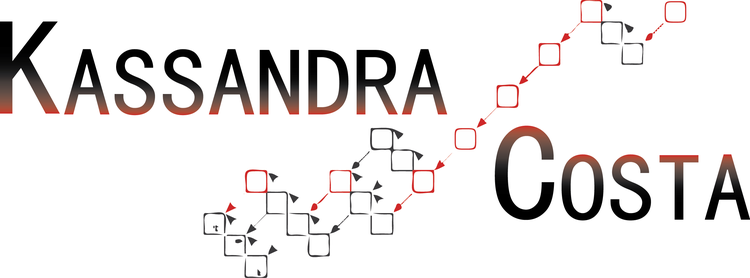Tropical Atlantic
Oxygen is a primary component of the biological and chemical cycles of the ocean. Its involvement in photosynthesis and respiration links the variability of oxygen to that of carbon in the ocean, and ultimately in the atmosphere. As the oceans take up anthropogenic carbon, oxygen concentrations in the ocean are declining, with the potential to reach levels low enough to reduce biodiversity and possibly even limit life. During the last ice age, the oceans sequestered the equivalent of 100ppm of CO2, and this time period provides a natural experiment to investigate how oxygen concentrations may have vary under different climate conditions.
Development of a Quantitative Bottom Water Oxygen Proxy from Uranium
Reconstructing bottom water oxygen (BWO) in the past is tricky.
Last Glacial Period through Holocene Time Series
The last deglaciation was a time of rapid climate change. Unlike the LGM and Holocene, in which the ocean may have achieved some kind of steady state, climate was warming too rapidly for marine systems to equilibrate during the deglaciation. While nutrient concentrations control the big picture of surface productivity in the Equatorial Pacific, the transient chaos of deglacial climate change may provide the opportunity for other mechanisms to exert an influence on productivity. In this study, paleoproductivity from seven cores in the Line Islands are reconstructed from 0-30ka and then integrated with productivity records across the Equatorial Pacific. Three coherent deglacial patterns in productivity are identified: 1) glacial-Holocene monotonic increase in productivity associated with increasing nutrient concentrations over time 2) deglacial peak ~15ka in productivity due to intensified upwelling rates and 3) 10kyr cycles in productivity as a result of the precessional migration of the ITCZ. This study was published in 2017.
